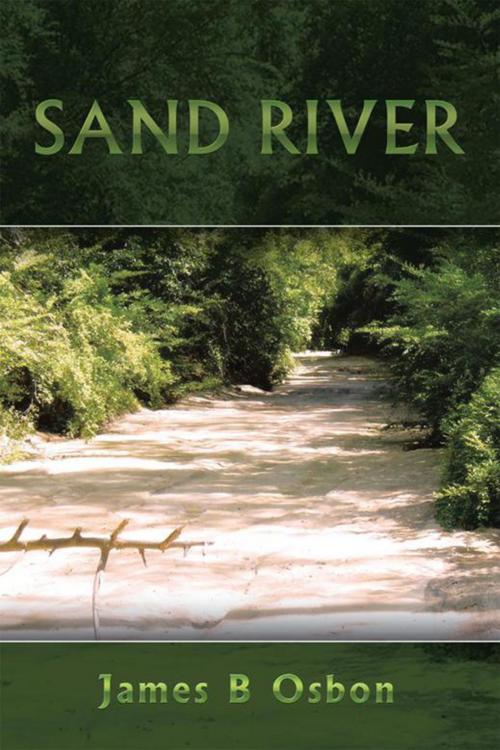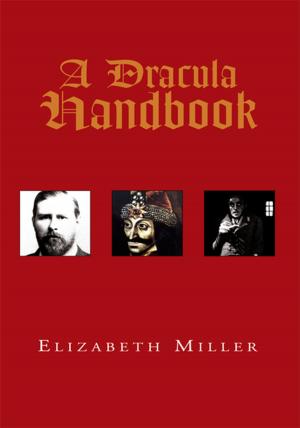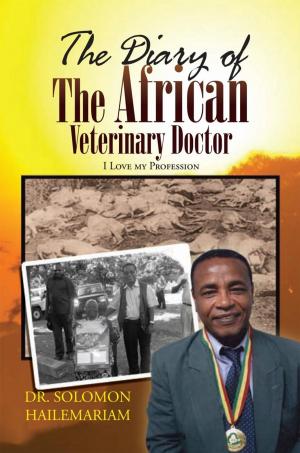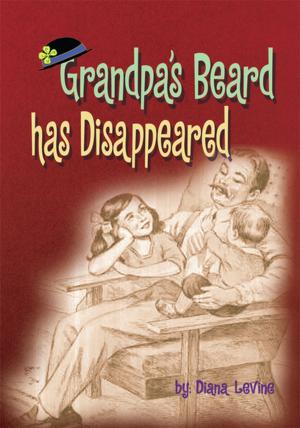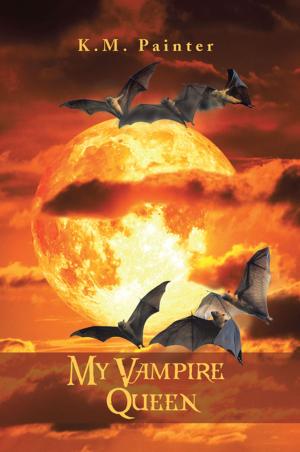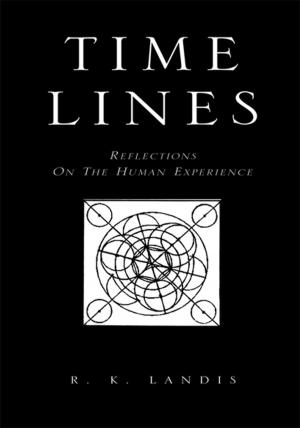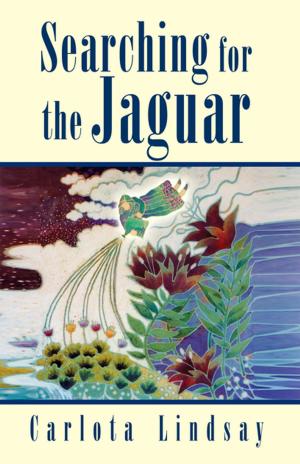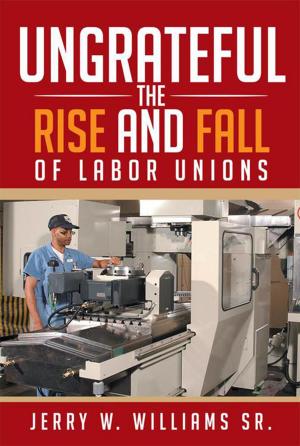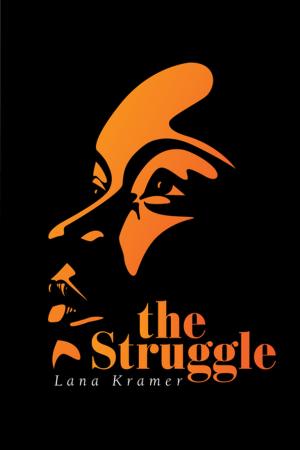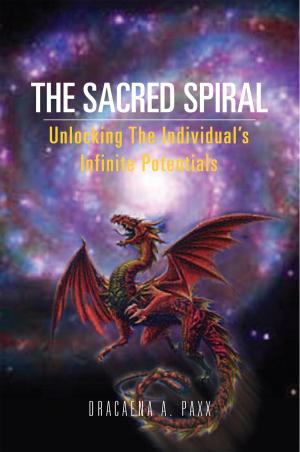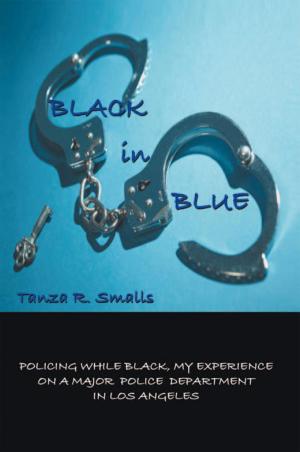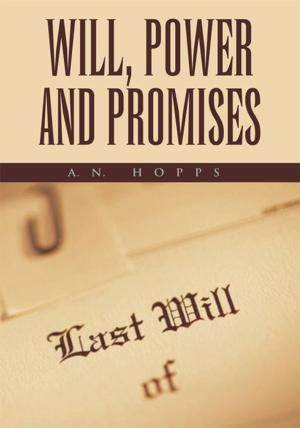| Author: | James Osbon | ISBN: | 9781479799916 |
| Publisher: | Xlibris US | Publication: | March 28, 2013 |
| Imprint: | Xlibris US | Language: | English |
| Author: | James Osbon |
| ISBN: | 9781479799916 |
| Publisher: | Xlibris US |
| Publication: | March 28, 2013 |
| Imprint: | Xlibris US |
| Language: | English |
James B. Osbon This biography has been written primarily to be read by the people of Aiken, South Carolina, who plan to read or have read the book, Sand River. Because of that, it contains more local Aiken detail than a usual author biography would. I was born in Aiken in the spring of 1938 at a time that the Great Depression was lessening and before serious war started in Europe or Asia. The Aiken County Hospital, on Richland Avenue, was the place, and I was brought home in a few days to a small bungalow on Columbia Drive, now known as Columbia Avenue. In 2000, our family donated this property to the city, and it is now known as Osbon Park. My father, Geddings Osbon, was already 37 years old, and my mother, Bessie Wilcher Osbon, was 29 when I arrived. They had been married since 1930, and were living in the house he built for her when they married. His own parents lived mile away on Hampton Avenue, near Bethany Cemetery. I had three brothers (Bobby, Julian, Tony) and a sister (Carolyn) while I was growing up, with me being wedged tightly between Bobby and Julian. Geddings had been in business with his father, Nathaniel, and his brother, Arthur, on Laurens Street in downtown Aiken. Their business was Osbon Tire Company, located in the same spot where Wells Fargo Bank is located in 2013. Shortly after I was born, my father decided to split away from his relatives, and opened a similar business on Broad Street in Augusta which he called Osbon Auto Supply Company. The year was approximately 1940. For the rest of his life (45 more years) he continued to live in that same house in Aiken and drove to Augusta to his businesses six days a week. I attended the Aiken County public schools, which meant Aiken Grammar School for grades 1-6 and Aiken High School for grades 7-12. I was 12 years old when the bomb plant entered our lives, and therefore have an excellent memory of how it affected just about everything in our town for the rest of my childhood. My athletic life took over a larger portion of my life than I ever anticipated when it began at age 10. By the time I graduated from Aiken High, I was playing football, basketball, baseball, track (for one year), and driving a school bus during my senior year. I was fortunate to secure a full scholarship to play Division I basketball at the College of William and Mary, in Williamsburg, Virginia, and graduated from there in 1960 with a B.A. in Economics. As a college basketball player, I discovered that I was incredibly mediocre. Since I had joined ROTC when I enrolled at William and Mary, I owed the U.S. Army up to two years of my time after graduation. I was commissioned as an officer in the Infantry and spent most of my two years in Germany during 1961-1963. Interesting duties included assisting with the filming of The Longest Day, a movie about the Allied D-Day landing in France in 1944, and later I became the Officer-in-Charge of Checkpoint Charlie in Berlin in the winter of 1963. For the curious researcher, references to these experiences are available on the Internet. After the Army, I married Beatrice McKay, a fellow W&M student from Norfolk, and began a computer career with IBM in Richmond, Virginia. We liked Virginia and stayed with IBM there for seven years, followed by seven years as co-founder of The Computer Company, also of Richmond, and another seven years as the chief officer of Information Technology for Blue Cross of Virginia. In 1975-76, I wrote a book in my spare time, a reference text called the Silver Dollar Encyclopedia. By 1979, I had revised it completely and re-issued it as the Second Edition of the original book. Those two projects were extremely important in my writing development, and both were self-published successfully before self-publishing ever existed as an industry. While I was working on the second coin book in 1979, I made a promise to myself that I would write a book of fiction before
James B. Osbon This biography has been written primarily to be read by the people of Aiken, South Carolina, who plan to read or have read the book, Sand River. Because of that, it contains more local Aiken detail than a usual author biography would. I was born in Aiken in the spring of 1938 at a time that the Great Depression was lessening and before serious war started in Europe or Asia. The Aiken County Hospital, on Richland Avenue, was the place, and I was brought home in a few days to a small bungalow on Columbia Drive, now known as Columbia Avenue. In 2000, our family donated this property to the city, and it is now known as Osbon Park. My father, Geddings Osbon, was already 37 years old, and my mother, Bessie Wilcher Osbon, was 29 when I arrived. They had been married since 1930, and were living in the house he built for her when they married. His own parents lived mile away on Hampton Avenue, near Bethany Cemetery. I had three brothers (Bobby, Julian, Tony) and a sister (Carolyn) while I was growing up, with me being wedged tightly between Bobby and Julian. Geddings had been in business with his father, Nathaniel, and his brother, Arthur, on Laurens Street in downtown Aiken. Their business was Osbon Tire Company, located in the same spot where Wells Fargo Bank is located in 2013. Shortly after I was born, my father decided to split away from his relatives, and opened a similar business on Broad Street in Augusta which he called Osbon Auto Supply Company. The year was approximately 1940. For the rest of his life (45 more years) he continued to live in that same house in Aiken and drove to Augusta to his businesses six days a week. I attended the Aiken County public schools, which meant Aiken Grammar School for grades 1-6 and Aiken High School for grades 7-12. I was 12 years old when the bomb plant entered our lives, and therefore have an excellent memory of how it affected just about everything in our town for the rest of my childhood. My athletic life took over a larger portion of my life than I ever anticipated when it began at age 10. By the time I graduated from Aiken High, I was playing football, basketball, baseball, track (for one year), and driving a school bus during my senior year. I was fortunate to secure a full scholarship to play Division I basketball at the College of William and Mary, in Williamsburg, Virginia, and graduated from there in 1960 with a B.A. in Economics. As a college basketball player, I discovered that I was incredibly mediocre. Since I had joined ROTC when I enrolled at William and Mary, I owed the U.S. Army up to two years of my time after graduation. I was commissioned as an officer in the Infantry and spent most of my two years in Germany during 1961-1963. Interesting duties included assisting with the filming of The Longest Day, a movie about the Allied D-Day landing in France in 1944, and later I became the Officer-in-Charge of Checkpoint Charlie in Berlin in the winter of 1963. For the curious researcher, references to these experiences are available on the Internet. After the Army, I married Beatrice McKay, a fellow W&M student from Norfolk, and began a computer career with IBM in Richmond, Virginia. We liked Virginia and stayed with IBM there for seven years, followed by seven years as co-founder of The Computer Company, also of Richmond, and another seven years as the chief officer of Information Technology for Blue Cross of Virginia. In 1975-76, I wrote a book in my spare time, a reference text called the Silver Dollar Encyclopedia. By 1979, I had revised it completely and re-issued it as the Second Edition of the original book. Those two projects were extremely important in my writing development, and both were self-published successfully before self-publishing ever existed as an industry. While I was working on the second coin book in 1979, I made a promise to myself that I would write a book of fiction before
